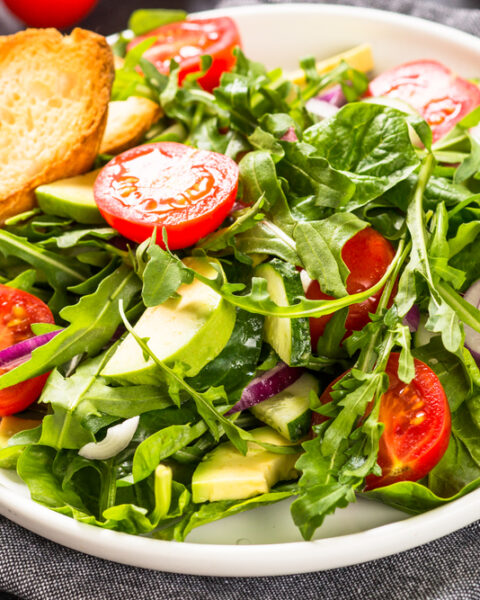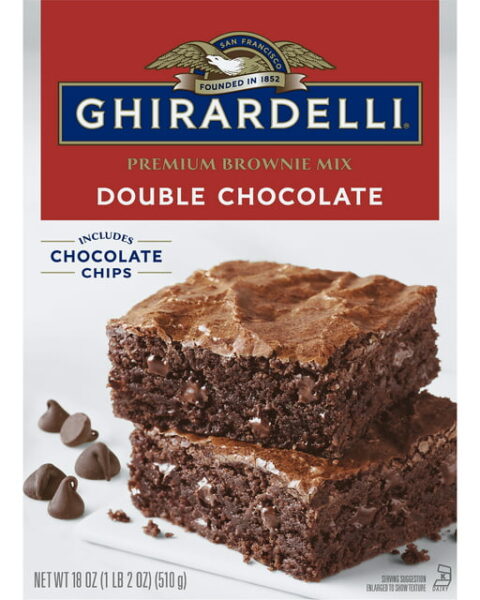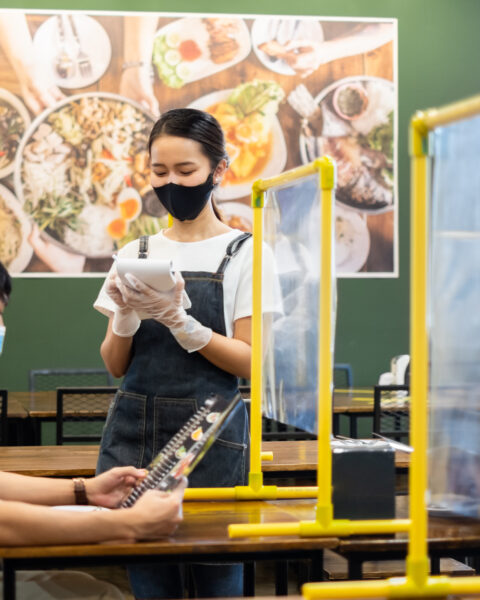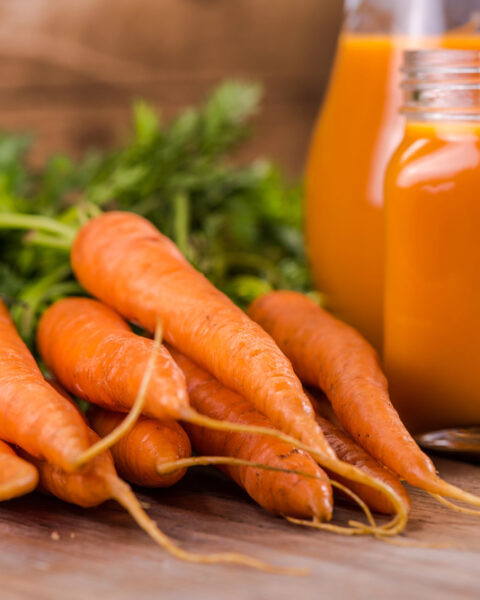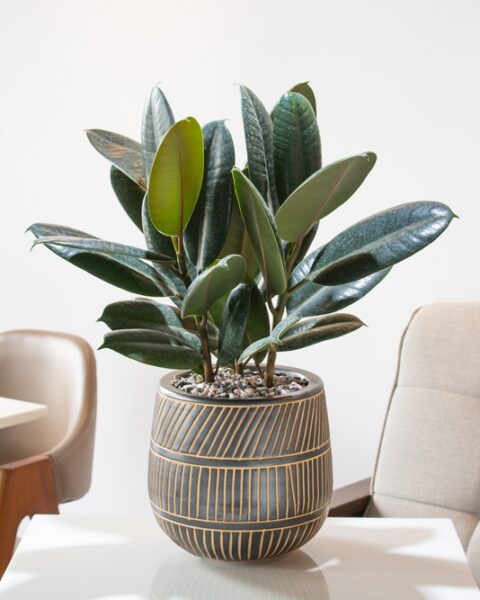Nothing beats a comforting cup of tea, but let’s be real—getting it just right isn’t always as easy as it sounds. Sometimes, it’s the little things we overlook that can throw off the flavor or aroma, leaving us wondering what went wrong. Whether you’re a casual tea drinker or a dedicated tea enthusiast, avoiding a few common mistakes can make all the difference in your brewing experience. Here’s a guide to the missteps to steer clear of, so your next cup can truly hit the spot.
Contents
- 1 Using Water at the Wrong Temperature
- 2 Oversteeping the Tea
- 3 Using Low-Quality Tea Bags
- 4 Incorrect Tea-to-Water Ratio
- 5 Brewing with Poor Quality Water
- 6 Reusing Tea Leaves Too Many Times
- 7 Neglecting the Cleanliness of Teaware
- 8 Using the Wrong Type of Teaware
- 9 Adding Sweeteners Improperly
- 10 Not Experimenting with Different Tea Varieties
- 11 Using Old or Stale Tea Leaves
- 12 Not Resteeping High-Quality Teas
- 13 Not Giving Tea Leaves Enough Room to Expand
- 14 Adding Milk to Delicate Teas
- 15 Drinking Tea Too Hot
- 16 More From RetailShout
- 17 14 Foods Rich in Omega-3s for Better Joint Health
- 18 15 Clever Ways to Repurpose Leftover Produce
Using Water at the Wrong Temperature
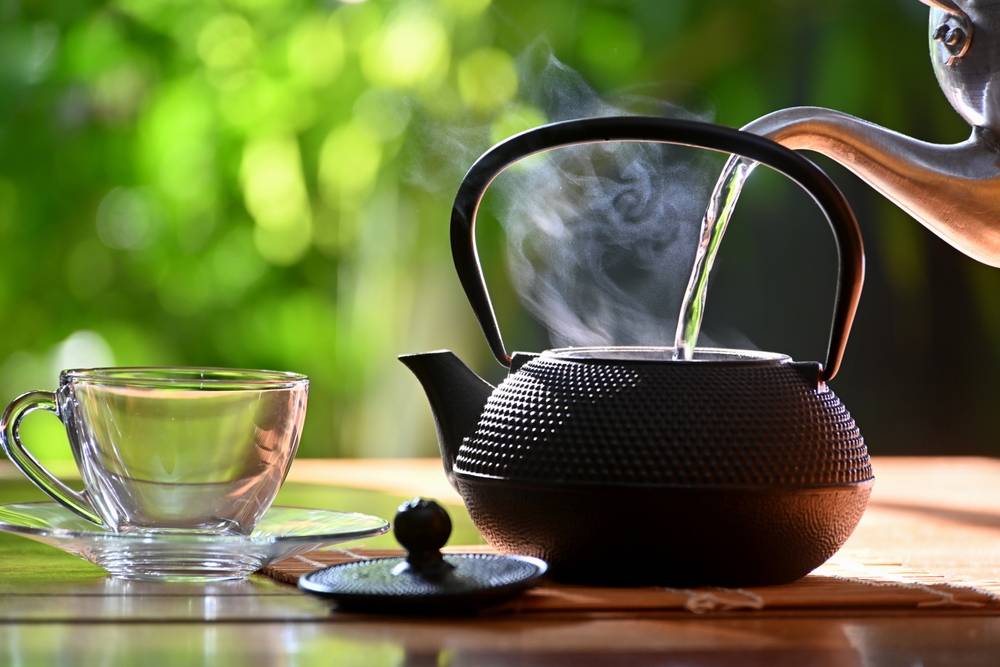
Different teas require specific water temperatures to extract their optimal flavors. For instance, green teas are best brewed at temperatures between 150°F to 185°F (65°C – 85°C), while black teas can handle boiling water at 200°F to 212°F (93°C – 100°C). Using water that’s too hot for delicate teas can result in a bitter taste, whereas too cool water may not fully extract the flavors. Investing in a thermometer or an electric kettle with temperature settings can help achieve the right temperature.
Oversteeping the Tea
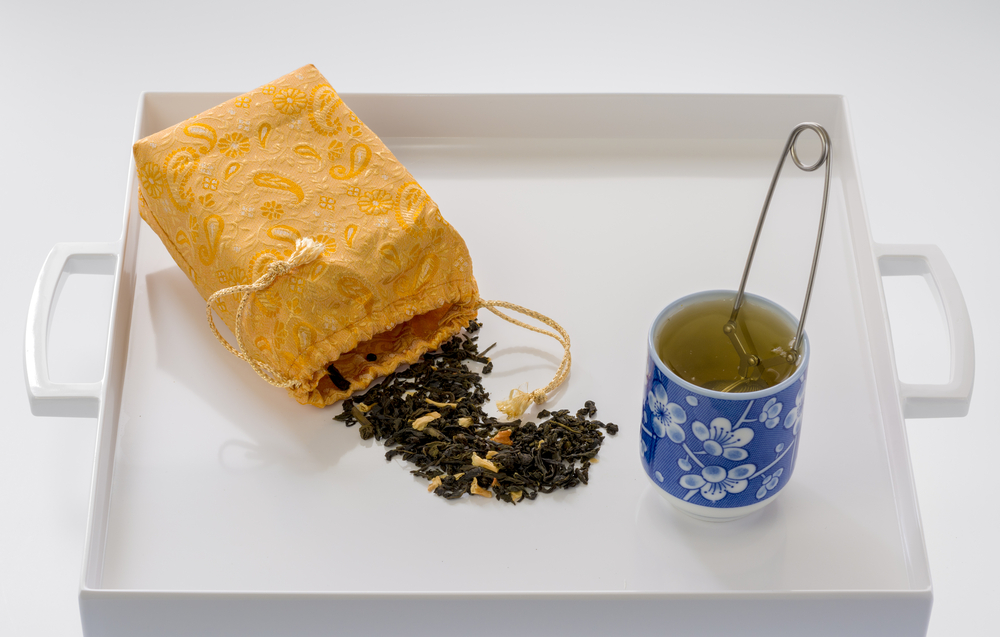
Leaving tea leaves in water for too long can extract bitter compounds, making your tea unpleasant. Each type of tea has its ideal steeping time; for example, black tea typically requires 3 to 5 minutes, while green tea needs only 1 to 3 minutes. Using a timer can help ensure you don’t overstep and achieve the desired flavor.
Using Low-Quality Tea Bags
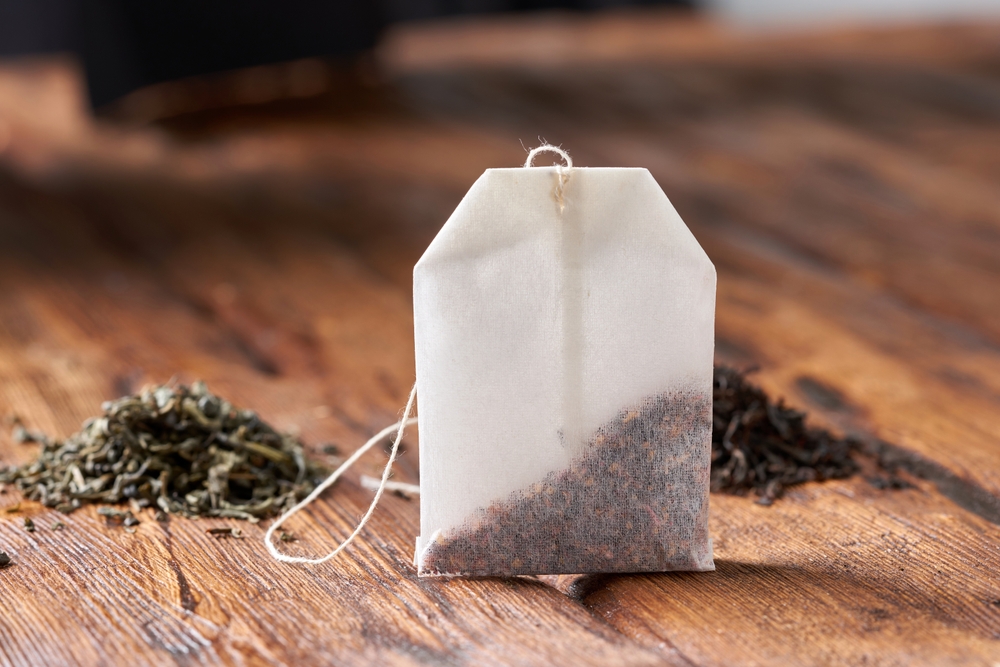
Many commercial tea bags contain tea dust or fannings, which are the leftovers from processing higher-quality leaves. This often results in a less flavorful and more astringent cup of tea. Opting for premium loose-leaf tea or high-quality, whole-leaf tea bags can significantly enhance your tea experience.
Incorrect Tea-to-Water Ratio
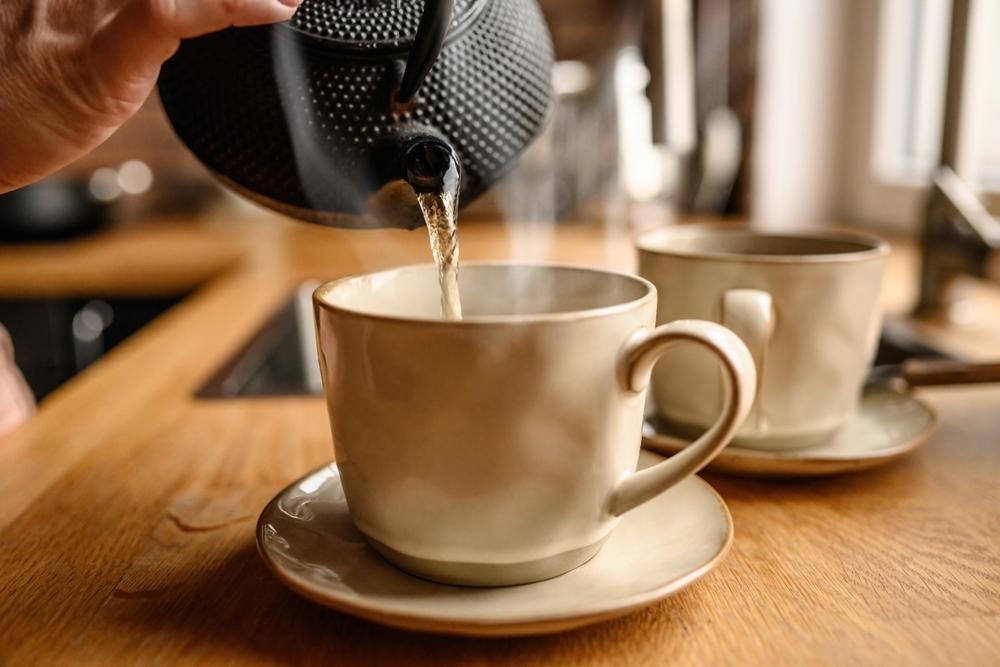
Using too much tea can make your brew bitter, while too little results in a weak flavor. A general guideline is to use about one teaspoon of loose-leaf tea (or one tea bag) per six ounces of water. Adjusting according to your taste preferences and the type of tea can help achieve the perfect balance.
Brewing with Poor Quality Water
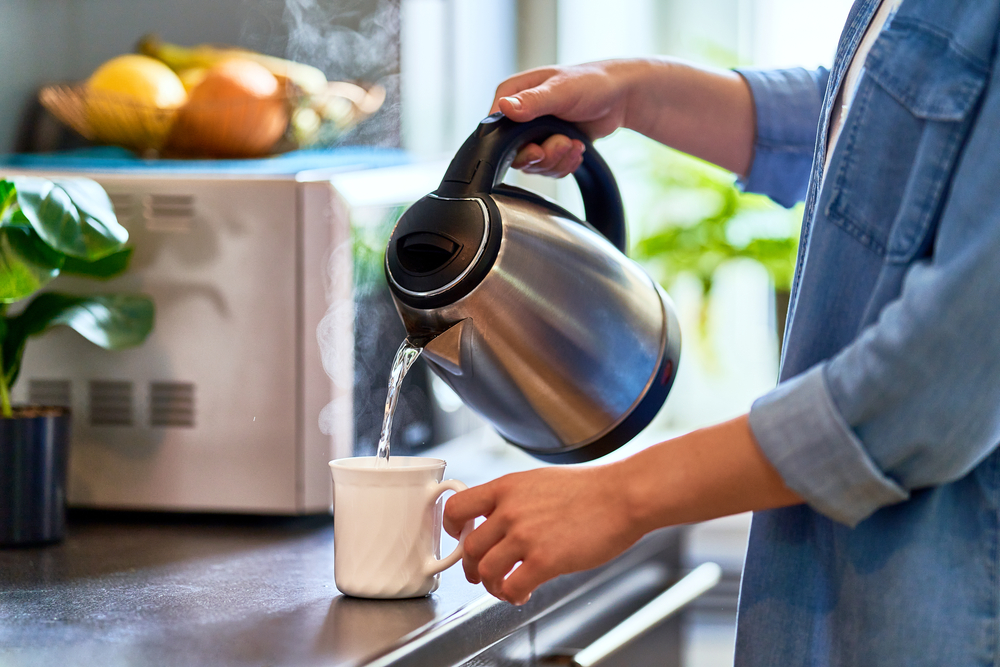
The water quality significantly affects the tea’s flavor. Tap water with high chlorine content or other impurities can impart off-flavors. Using filtered or spring water can make a big difference in your tea experience, allowing the true character of the tea leaves to shine through.
Reusing Tea Leaves Too Many Times
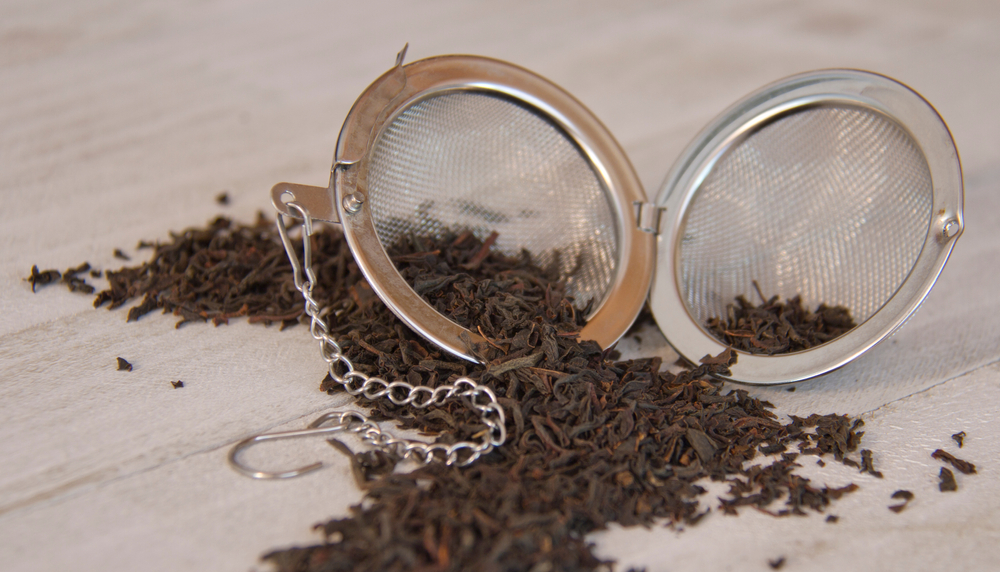
While some high-quality teas, particularly certain oolongs, and pu-erhs, are meant to be steeped multiple times, most teas lose their flavor after the first or second steep. Knowing your tea type and its steeping capacity ensures you enjoy its full flavor potential.
Neglecting the Cleanliness of Teaware
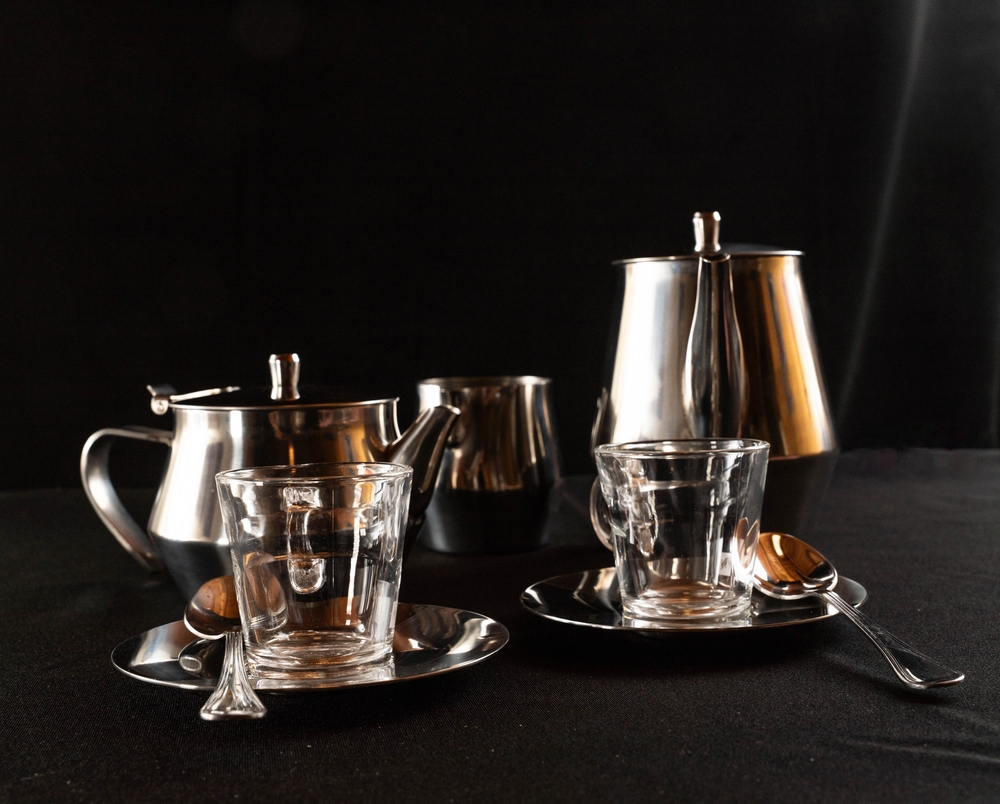
Rust, stains, and residues from previous brews can negatively affect the taste of your tea. Regular cleaning of teapots, infusers, and cups is essential for a pure flavor profile. This is especially true when brewing different types of teas with the same teaware.
Using the Wrong Type of Teaware
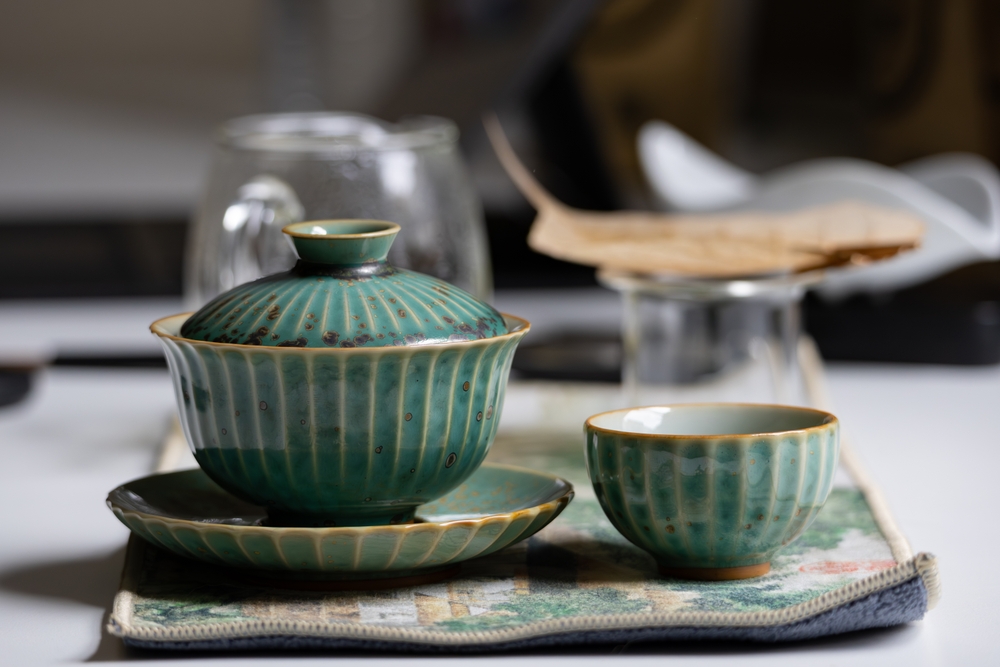
The material and size of your teaware can influence the taste and temperature of your tea. For instance, using a plastic cup may impart unwanted flavors, while a ceramic or glass cup preserves the tea’s natural taste. Choosing the appropriate teaware enhances the overall tea experience.
Adding Sweeteners Improperly
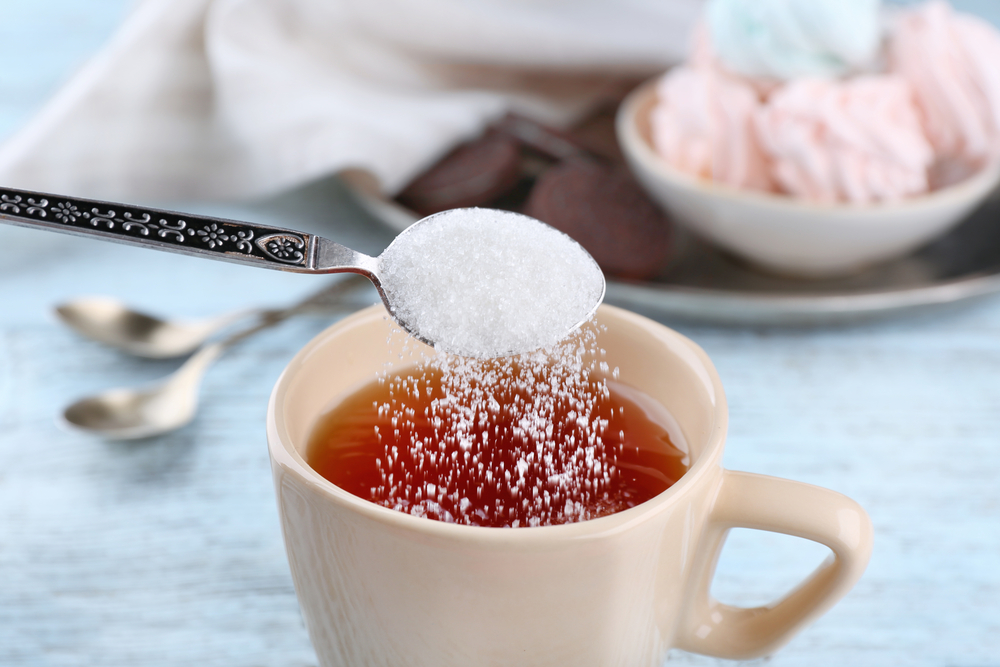
Overloading your tea with sugar or honey can overpower its natural flavors. While adding sweeteners is a personal choice, it’s advisable to start with a small amount and adjust to taste. This approach allows you to enjoy the tea’s inherent characteristics without excessive sweetness.
Not Experimenting with Different Tea Varieties
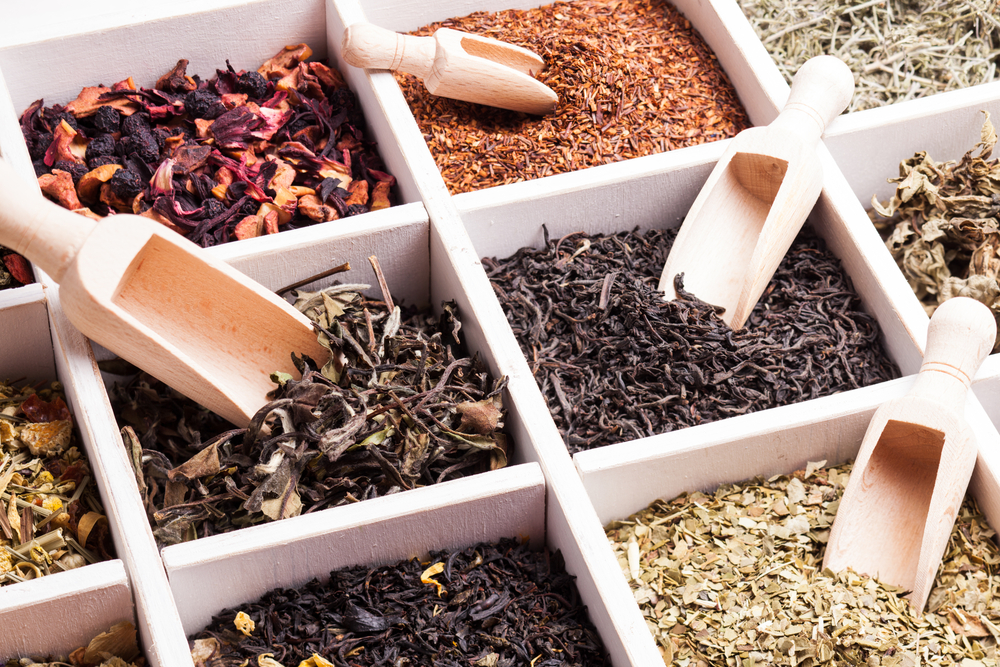
Sticking to a single type of tea can limit your experience with this diverse beverage. Exploring various tea types, such as oolong, pu-erh, or herbal blends, can introduce you to new flavors and aromas, enriching your appreciation for tea.
Using Old or Stale Tea Leaves
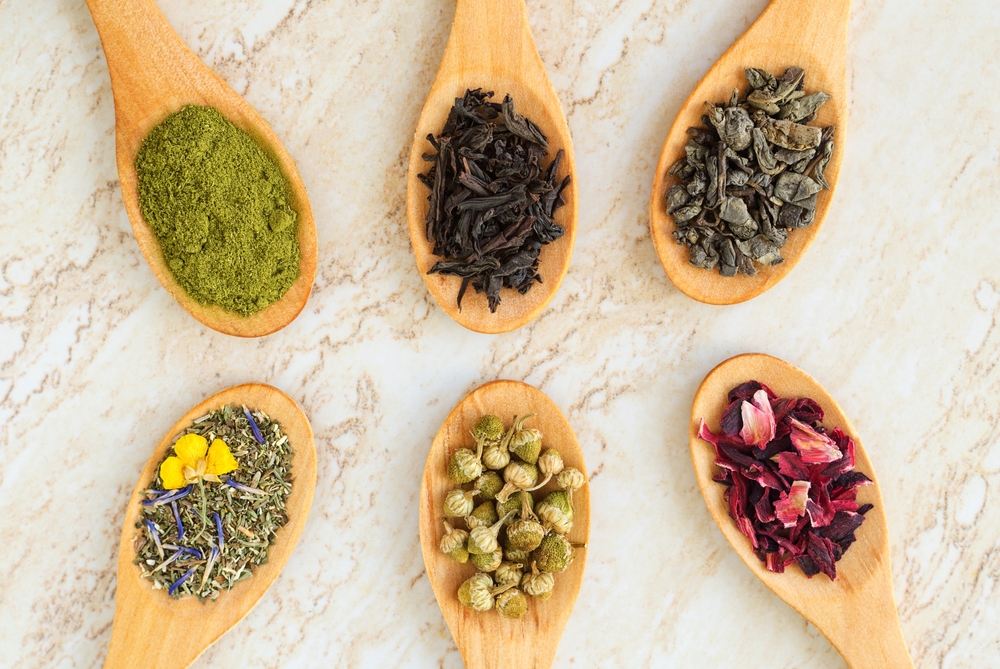
Tea doesn’t truly go bad, but it will lose its flavor over time. A general rule is that the greener the tea, the shorter the shelf life. Being mindful of how much tea you have and avoiding large volumes unless you can consume them within a reasonable time helps maintain freshness.
Not Resteeping High-Quality Teas
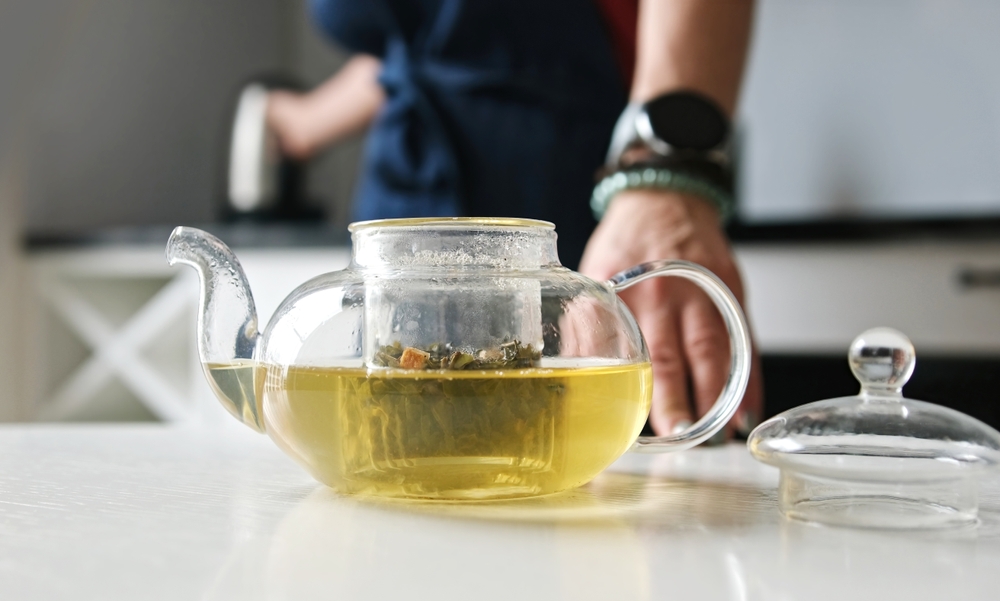
Nearly all unflavored loose-leaf teas can be re-steeped to make additional cups. Not resteeping means missing out on the evolving flavors with each infusion and not getting the most value from your tea leaves. Experimenting with multiple steepings can enhance your tea experience.
Not Giving Tea Leaves Enough Room to Expand
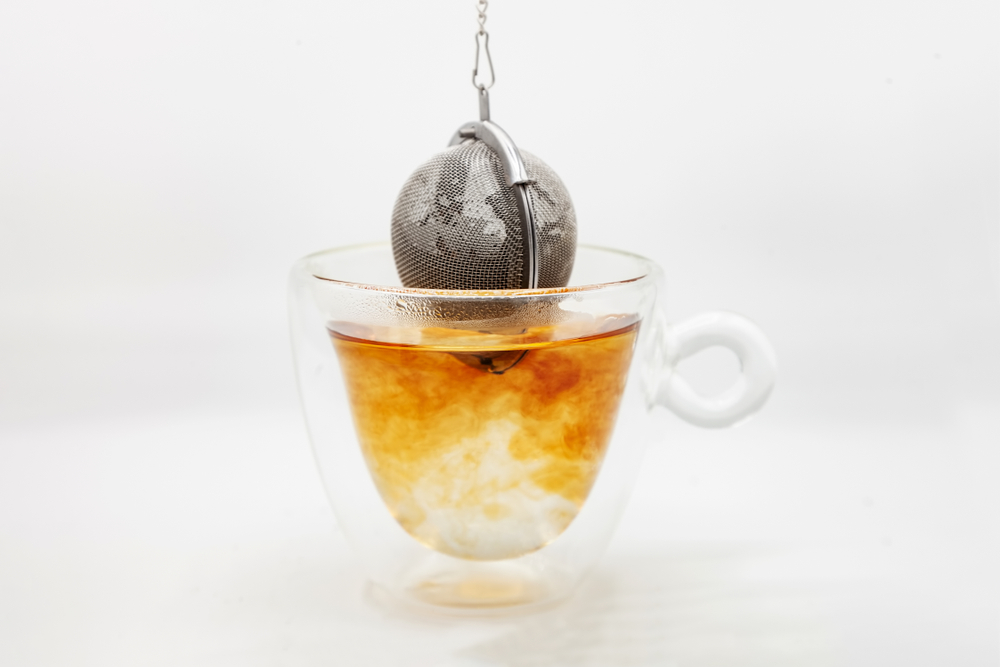
Tea leaves need space to unfurl fully and release their flavors during steeping. Using small tea balls or cramped infusers can restrict this process, leading to an underwhelming brew. Loose-leaf tea is best brewed in a larger infuser or directly in the teapot with a strainer for pouring. When tea leaves have ample room, they infuse the water more effectively, creating a richer and more nuanced cup. Investing in a larger infuser or brewing basket can make a noticeable difference in flavor.
Adding Milk to Delicate Teas

While adding milk to black tea is a common practice, it doesn’t suit all tea varieties. Delicate teas like green or white tea can lose their subtle flavors when mixed with milk. Milk proteins can also bind with the tea’s tannins, altering the flavor profile and texture. If you enjoy creaminess, consider lighter alternatives like oat or almond milk, which may complement tea without overpowering its natural taste. Reserve milk for robust teas like Assam or breakfast blends where it enhances rather than diminishes the flavor.
Drinking Tea Too Hot
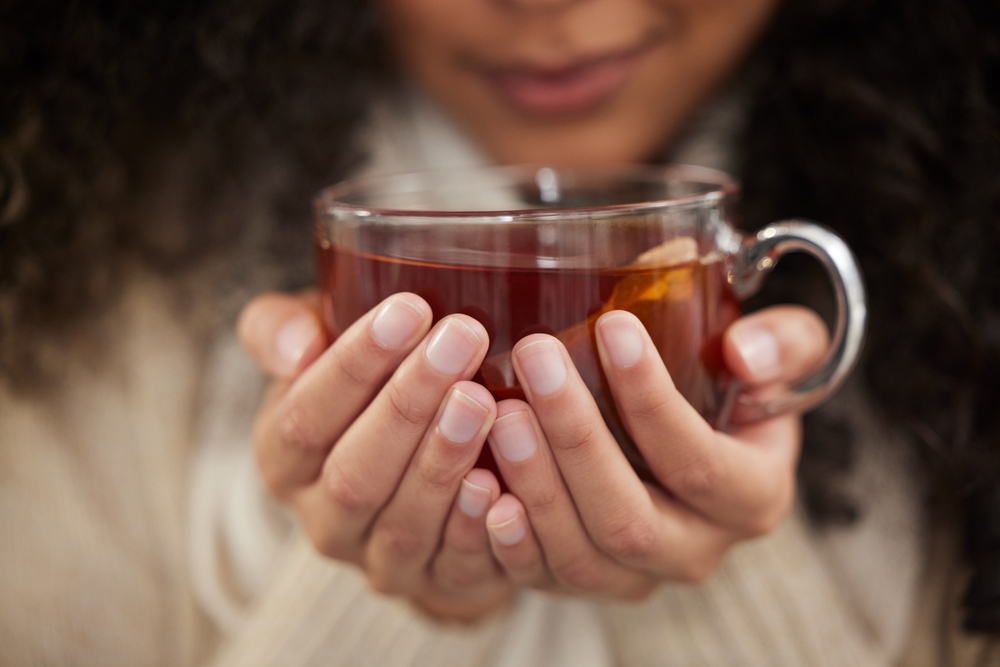
Consuming tea immediately after pouring boiling water can not only scald your mouth but also prevent you from enjoying its full flavor. Allowing tea to cool slightly brings out its subtle aromas and taste. Research suggests that drinking excessively hot beverages might even have health risks, such as irritating the esophagus. Ideally, let your tea cool to around 130°F to 160°F (54°C – 71°C) before sipping for an optimal experience. This small step improves both safety and flavor enjoyment.
This article originally appeared on RetailShout.
More From RetailShout
15 Historic Wine Bars That Revolutionized the Wine Scene

Some wine bars are more than just places to sip your favorite reds and whites—they’ve changed the way we think about wine entirely. Certain wine bars have made their mark on the industry in a big way. Read More.
14 Foods Rich in Omega-3s for Better Joint Health
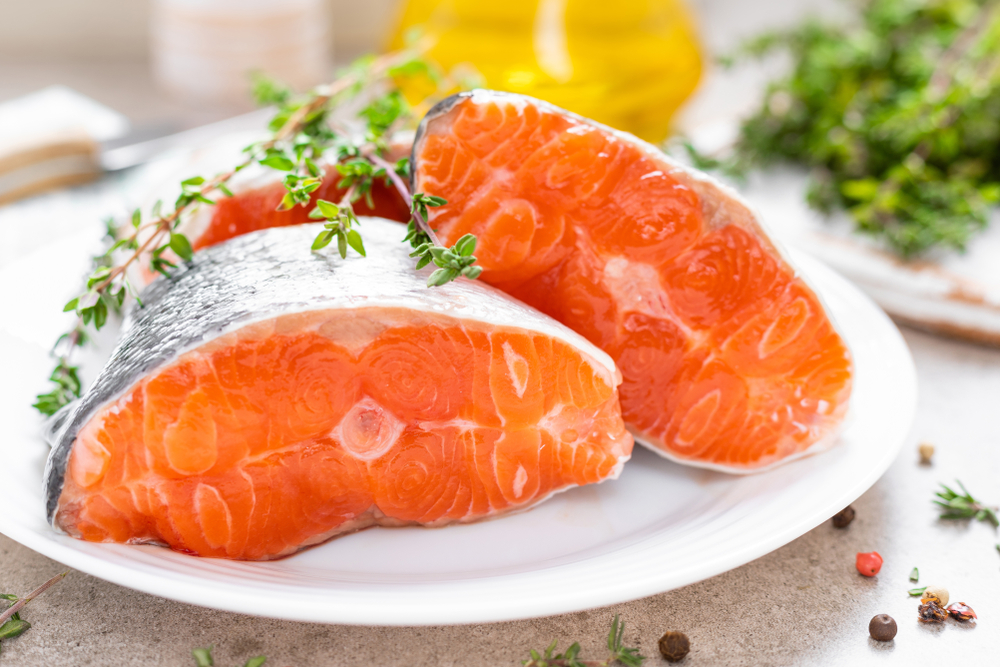
Joint pain and stiffness can be incredibly disruptive, but a diet rich in omega-3s may offer natural relief. Omega-3 fatty acids are known for their powerful anti-inflammatory effects, helping to reduce joint swelling and discomfort. Read More.
15 Clever Ways to Repurpose Leftover Produce
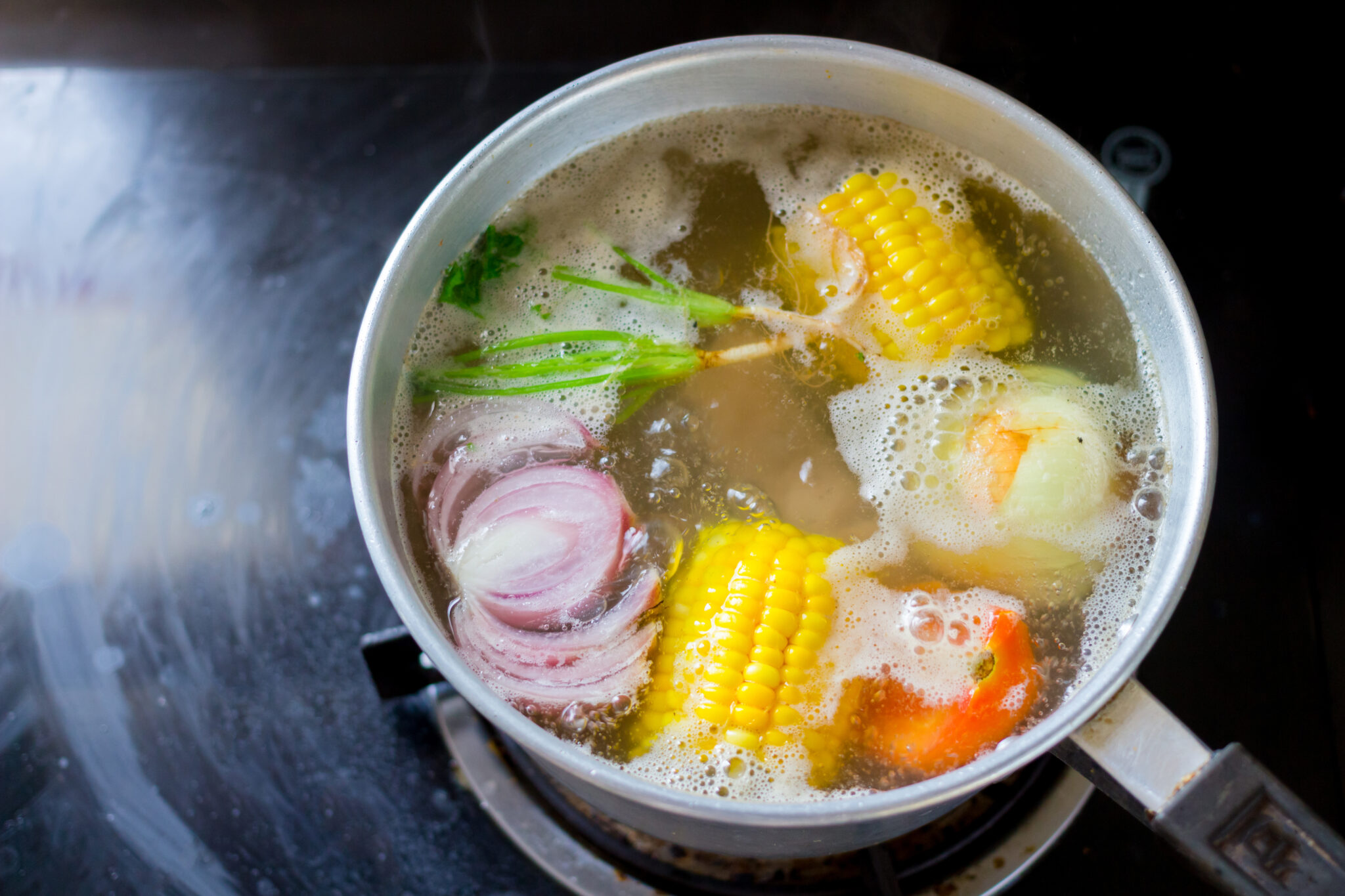
Repurposing leftover produce is a smart, sustainable way to reduce food waste and make the most of every ingredient in your kitchen. With a little creativity, those scraps, peels, and overripe fruits can be transformed into flavorful additions and useful items for your meals and home. Read More.


